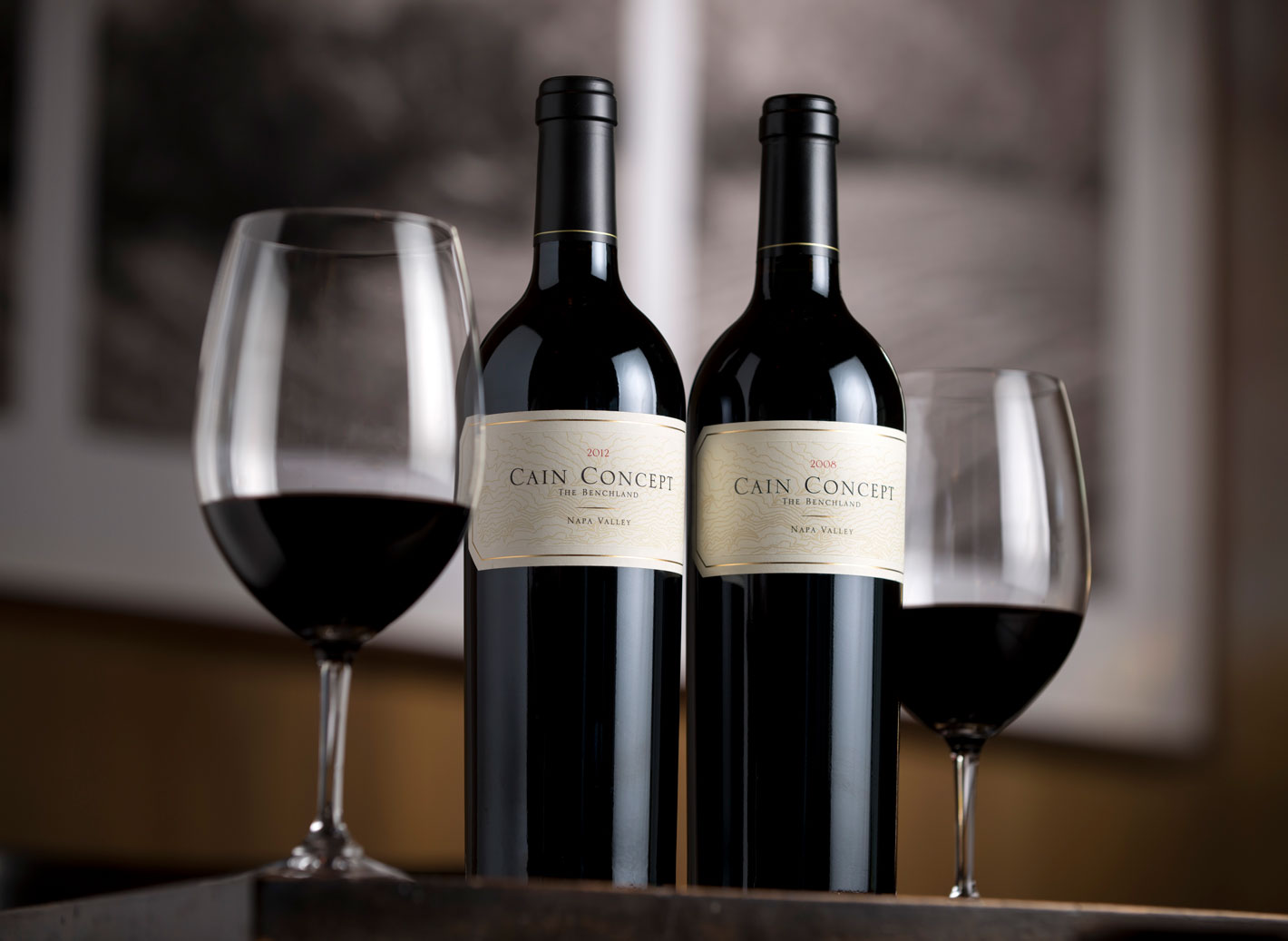
For red wines, Howell sends these guidelines: “Fine wine at 60-65F; high octane ‘big reds’ at 55-60F; ‘refreshment wine’ such as Chianti or Beaujolais at 55F.”
—Chris Howell
“Wine temperature matters,” Chicago Tribune, July 2014:
Strive for the ideal to bring wine’s elements into harmony
Back in the day, I reviewed restaurants for a newspaper. One evening, I was at a seafood-heavy joint and in walks this big tall fella, topped in a Stetson. He sits down and tells his server, right off, even before checking out the menu, “Gimme a bottle of Château Lafite and put ‘er on ice.”
Well.
Château Lafite Rothschild is fine, very expensive red Bordeaux, typically not consumed chilled. I’m sure Big Fella knew that; he just wanted it his way. You pays your money, and you takes your choice.
Notwithstanding Big Fella’s penchant, after he paid his check (in big bills) and left, another patron noticed that the bottle of Lafite remained half full. He lunged for it.
In a day and age when the mantra for aesthetic pleasure is “as you like it,” it’s difficult to stipulate that personal choice may not, in truth, be the best way to get at all the good that’s in something. Big Fella missed much of the beauty that Lafite might have given him; the wine was too cold.
In the glass, a wine’s temperature very much matters to your appreciation of it. Goldilocks nailed it: too cold, too hot, not good; it needs to be just right.
That’s because the several elements that make up wine — things such as fruit flavors and aromas, alcohol, tannin, wood barrel aging, acidity and body or “heft” — are affected by temperature, in ways that pleasure or don’t.
The goal in serving a wine at the correct or ideal temperature is to have all its constituent elements at their best possible showing, as well as in harmony or balance with each other.
For example, the alcohol in a red wine will be overly volatile (“burning”) in a red wine served at 75 degrees, typical for many a home dining room, restaurant or BYOB, not to mention outdoor picnic. Too cold, say 60 (or, worse, Big Fella’s iced-down Lafite), and a red wine’s tannins are harsh and unyielding; its aromas and flavors, muted.
White wines served straightaway from the refrigerator (40-45) are, by and large, too cold, everything in them except their acidity (and, possibly, their oak character) patted down and muted.
“Cold suppresses fruit,” says Greg Brewer, winemaker at Melville Vineyards in the Santa Rita Hills of south-central California. “However, the oak will stick around; it’s always there, whatever the temperature.” Want to tame the oak on your chardonnay while augmenting its aromas and flavors? Don’t serve it cold, merely chilled.
What to do, then, about proper temperature given the huge variance in wines?
“It really depends upon the wine,” says Chris Howell, general manager and winemaker at Cain Vineyard & Winery in Napa Valley via email.
“For white wines,” he says, “cool but not too cold” is best. “Really, really good white wine, especially old white wine, could be served the same temperature as a red wine. ‘Fine wine,’ around 50-55F or cellar temperature. ‘Refreshment wine,’ 35-45F or refrigerator temperature.”
For red wines, Howell sends these guidelines: “Fine wine at 60-65F; high octane ‘big reds’ at 55-60F; ‘refreshment wine’ such as Chianti or Beaujolais at 55F.”
Note that Howell recommends serving no red wine, whatever its provenance, cost, age or character, above 65.
You might try this simple experiment at home. Take a bottle of red wine; take three wine glasses. Pour a portion of the wine into each of the three glasses. Put two of the three glasses in the refrigerator; leave the third on the counter.
In four hours, take one of the glasses out of the refrigerator and place it next to the glass already on the counter. Leave them. In another half hour to 45 minutes, come back, take the third glass out of the refrigerator and place it next to the other two.
One wine will be at room temp; the second about 60-65; the third close to 40. Swirl, sniff and taste the wines in turn. You’ll experience the negative effects that cold has on red wine, the dullness of room temperature wine and the pitch-perfect beauty of red wine served just right. (You can do the same thing with a white wine, although of course the aesthetic effects will be different, nonetheless instructive.)
A couple of final notes: The one wine that must be served very, very cold is Champagne or sparkling wine made in the Champagne method. Howell says “35-45F.” The temperature has more to do with the safety of opening the bottle than anything else (carbon dioxide being tighter in solution at colder temperatures). Some suggest that, once opened, the aromas and flavors of very fine Champagne open up as the wine warms slightly. But that is in the glass.
Second, if a red wine is too warm, plunge the bottle into a mix of ice and water for a mere 2-3 minutes, twirling the bottle a bit.
Even at a restaurant. A little less time than Big Fella did, but it does the trick.
By Bill St. John, who has been writing and teaching about wine for more than 40 years.
Copyright © 2014 Chicago Tribune Company, LLC

